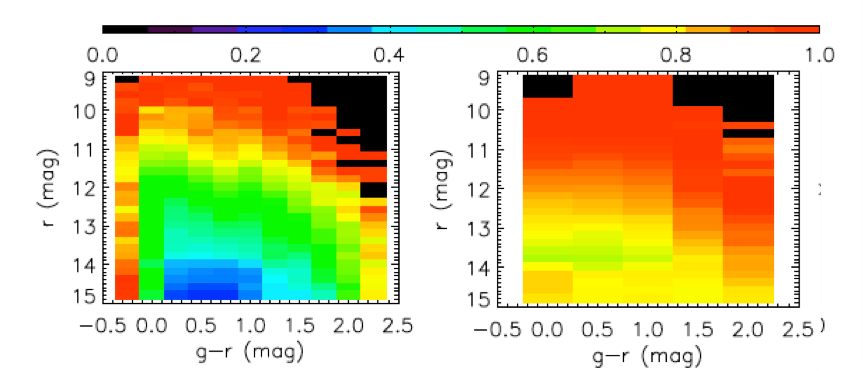You are here
The selection function of the LAMOST Spectroscopic Survey of the Galactic Anticentre
Large-scale spectroscopic surveys of Galactic stars such as the LAMOST Spectroscopic Survey of the Galactic Anticentre (LSS-GAC), are opening a new window for the study of the formation and evolution of the Milky Way galaxy in great detail. However, unlike photometric surveys that yield, in general, complete samples of objects to a given limiting magnitude, time consuming spectroscopic surveys often have to select targets, and are unavoidably affected by various selection effects. The biases may arise from the target selection algorithms, the quality of the observational data, the data reduction processes and the extraction of stellar parameters from the data. To understand the relationship between spectroscopic sample of stars with reliable stellar parameter estimates and the underlying stellar populations, one needs to determine and account for the selection function of the spectroscopic survey.
We present a detailed analysis of the selection function of LSS-GAC. In this study, we show how the selection function can be evaluated to a sufficient accuracy and derive the selection function corrections for all spectroscopic targets with robust parameter estimates. The results, to be released as new entries in the LSS-GAC value-added catalogues, can be used to correct the selection effects of the catalogues for scientific studies of various purposes. The paper has been accepted for publication in the Monthly Notices of the Royal Astronomical Society (arXiv link: https://arxiv.org/abs/1802.06777).

Colour-magnitude distribution of the selection effects of LSS-GAC as caused by: a) the target selection algorithms (left); and b) the observational conditions, data quality and parameter determination pipeline (right).
